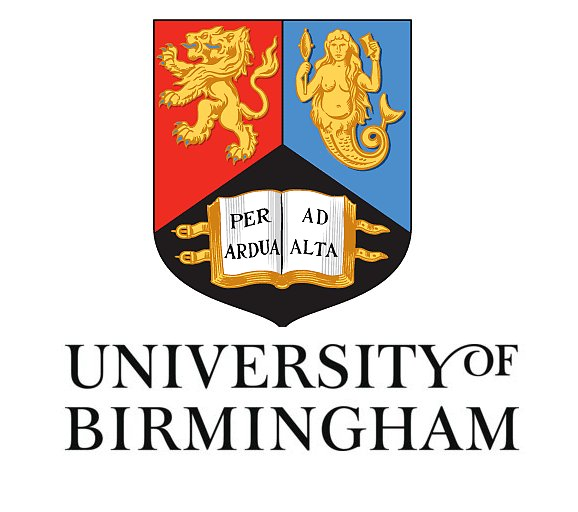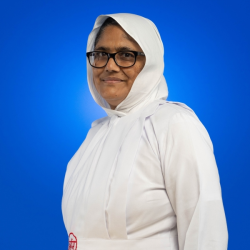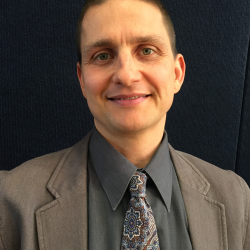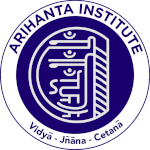
Jain Art
Oct 14, 2024
8:00 - 9:30 AM PDT
Presiding: Basile Leclère, Université Jean-Moulin Lyon 3, France
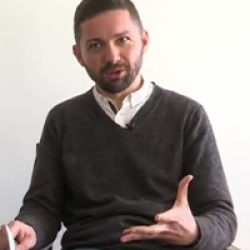
Basile Leclère is Lecturer in Sanskrit and Indian Literatures at Université Jean-Moulin Lyon 3, France. He specialized in Jainism, Sanskrit Theatre, and History of Medieval India when preparing his PhD on the Moharājaparājaya, an allegorical drama depicting the conversion to Jainism of the Caulukya king Kumārapāla (twelfth century), a revised and enlarged version of which he published in 2013. His recent publications on Jainism include “Jain Playwrights and their Patrons in the Time of Caulukya Kings” (2018) in a volume he has coedited with Christine Chojnacki, The Gift of Knowledge. Patterns of Patronage in Jainism, and “The Gold of Gods. Stories of Temple Financing from Jain Prabandhas” (2020) in the International Journal of Jaina Studies (Online). He is about to publish two papers exploring the biographies of Kumārapāla.
Jain Art
Presenter: Alexandra Restifo, Florida International University

Aleksandra (Sasha) Restifo is Bhagwan Mahavir Assistant Professor of Religious Studies at Florida International University. She completed her PhD at Yale University, and her work has been published in the Journal of Indian Philosophy, Sikh Formations, Religions, and the International Journal of Jaina Studies. Her current book project, “The Theater of Renunciation: Emotion and the Self in Medieval Jainism,” explores the individual, social, and ritual implications of the Jain focus on emotional regulation through the study of philosophical, exegetical, and dramatic works.
“Aesthetics and Philosophy: The Rasa of Knowledge in Amṛtacandra’s Ātma-khyāti and Kalaśas (11 th century)”
In her “Philosophy as Drama: Amṛtacandra and Abhinavagupta,” Phyllis Granoff (2016, 275) notes that the language of Amṛtacandra’s commentaries on Kundakunda’s works, including the Samaya-sāra and the Pravacana-sāra, is “steeped in the language of the drama and aesthetic theory.” Building on this observation, this paper argues that in his Ātma-khyāti and Kalaśas, Amṛtacandra portrays the self as both an actor and an active spectator in a drama of identification with emotions, akin to the way in which actors and spectators identify with the various states and emotions of characters in a play. Enlightenment, analogous to the pleasure derived from the proper appreciation of a drama, is envisioned as an experience of the highest aesthetic pleasure, or rasa (paramārtha-rasatayā), the rasa of a knowledge that surpasses duality and perspectivism (naya-vāda).
Presenter: Anna Tosato, University of Illinois at Urbana-Champaign (UIUC)

Anna Tosato is the Bhagwan Munisuvrata Swami postdoc research assistant in the Department of Religion at the University of Illinois at Urbana-Champaign (UIUC). She studied for her MA and PhD at the University of Venice Ca’ Foscari and the University of Mysuru in Karnataka, where she spent 5 years on an Indian Council for Cultural Relations (ICCR) fellowship studying Sanskrit and the śāstras on performing and visual arts with eminent scholars (M.S. Nagaraja Rao, M.A. Lakshmithathachar, H.V. Nagaraja Rao). Her research focuses on performing arts and performing artists in classical and medieval India, with special interest in their relationship to temple buildings and sculptures. Her most recent publication is: 2023. “Encapsulating Dance in Sculpture: The Story of ‘Arjuna and the Hunter’ as Represented in the Hoysaḷa Temples.” South Asian Studies 39 (1): 53–75.
“The representation of performing arts in early Jain sculptures: A case study from Mathura”
This presentation explores how the technical language of performing arts, first codified in Bharata’s Nāṭyaśāstra (2 BCE-2CE?), is integrated into early Jain art to inform images with a variety of meanings, including, but not limited to, the expression of emotions. Using as a case study the sculpture representing a dancer in the presence of Jina Ṛṣabhanātha from the site of Kaṅkālī Ṭīlā, Mathura (100 BCE?), today in the Lucknow State Museum, I will argue that ancient sculptors included the technical language of dance in their works with intention and purpose. My aim is to prove that the representation of performing arts in sculpture plays an important, and yet under-researched, role in understanding Jain art.

